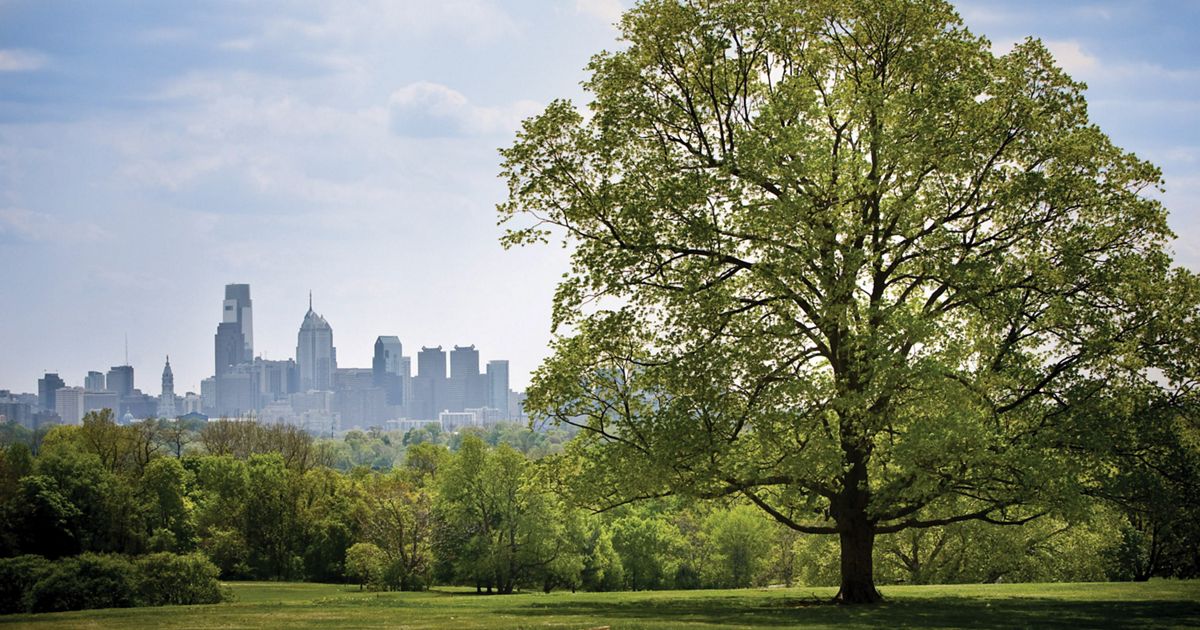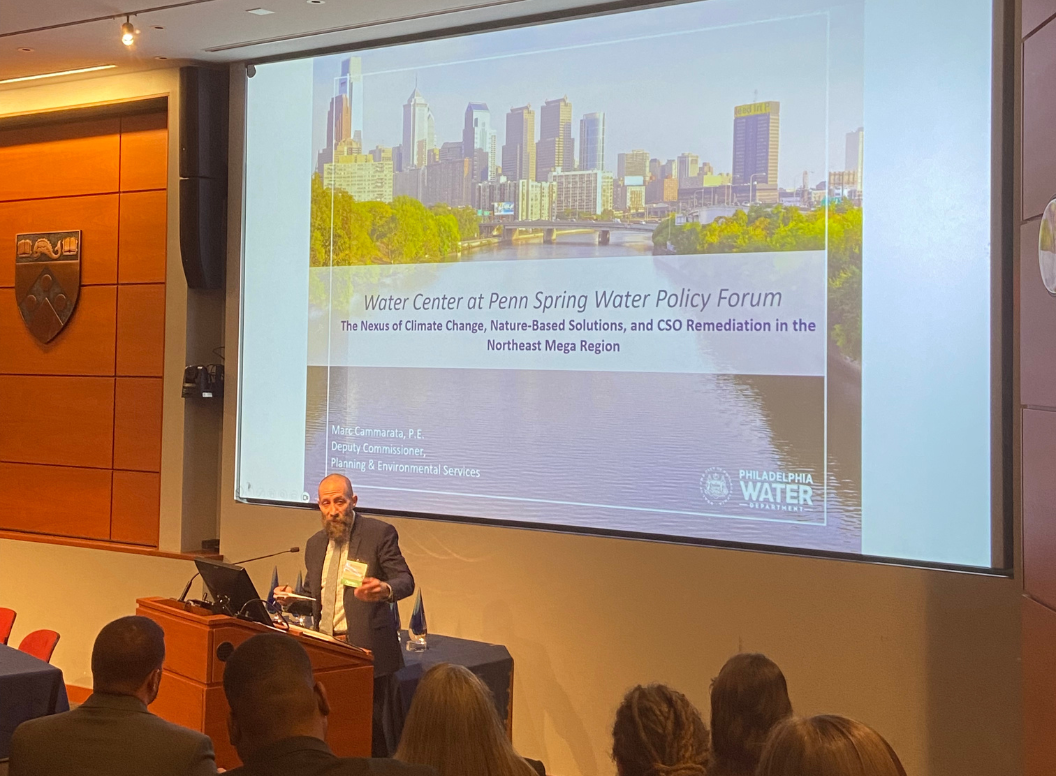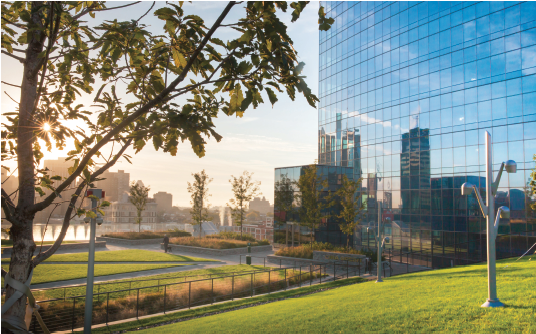Reflections on “The Nexus of Climate Change, Nature-based Solutions, and CSO Remediation in the Northeast MegaRegion”

Before the term nature-based solutions (NbS), defined by The International Union for Conservation of Nature (IUCN) as “actions to protect, sustainably manage, and restore natural and modified ecosystems that address societal challenges effectively and adaptively, simultaneously benefiting people and nature”, became en vogue in the last decade or so, Philadelphia pioneered what was then called Green Infrastructure (GI) in order to comply with the Clean Water Act.

Rather than build a $ 10 billion tunnel to manage runoff, of which Howard Neukrug, the then director of the Water Department’s Office of Watersheds, said it “would have taken a century to pay for”, Philadelphia’s Green City, Clean Waters plan brought together landscape design, community development, and urban stormwater management in creating a citywide mosaic of green stormwater infrastructure that mimics the natural stormwater cycle in the city’s green spaces. For individual lots, streetscapes, and buildings, measures which include urban wetlands, rain gardens, de-paving projects, green roofs, and rain barrels help to retain and infiltrate water and produce a host of additional environmental and socioeconomic benefits, at a much lower cost.
As the origin city of the widespread use of NbS in urban environments in the United States, Philadelphia, and especially Neukrug’s The Water Center at Penn, which he now runs, are a natural setting to host the first annual Spring Water Policy Forum focused on the theme of “The Nexus of Climate Change, Nature-based Solutions, and CSO Remediation in the Northeast MegaRegion”. The forum brought together scientists, policy makers and professionals to explore the new urgency with which this community is now embracing NbS.
The climate crisis will bring to the Northeast Megaregion not only increased precipitation overall, also more intense storms, as well as increased heat- and biodiversity risk. This will mean that the lens for nature-based solutions will shift from clean waters only to include hazard mitigation. Building new, and widening, existing, pipes and other sewer infrastructure to manage the new volumes of water and prevent flooding will be extraordinarily costly (if there is even enough space under our streets), so nature-based solutions will need to be added to the toolset. And, given the volumes of water expected, with cloudbursts bringing already as much as 10 inches in a 24h period in the city of New York, much of those nature-based solutions need to work at scale, moving from bioswales and more traditional GI, which are good for managing normal rain conditions, to larger-scale ecosystem-based adaptation measures, that divert rainbombs to, and store it in, (restored) natural areas.

At the Spring Water Policy Forum, participants discussed this need for thinking about nature-based solutions at different scales than before, and how that impacts the relationships with land-use, how to pay for the necessary adaptation, and how it impacts the way we collaborate.
One big difference between constructed (grey) infrastructure and nature-based (green) infrastructure is land-use. Unlike grey infrastructure, which is often buried underground, with the actual costs buried equally deep in obscure budgets, NbS require more land, and is visible. The trade-offs with other land-uses (such as parking on the street, or parking in the front garden, but also affordable housing) are immediately visible, and directly enter the public discourse. Fortunately, so are the benefits, such as greener and cooler streets with better public health outcomes, or increased real-estate value because of the place-making opportunities that come with it (although the latter depends very much on one’s perspective).
This land-use dimension brings a host of new challenges and opportunities, participants agreed. Solutions for water management will cross jurisdictions, have multiple benefits that could potentially be captured to help pay for them, and will need to be stewarded in the community (and require more O&M budget, which partially offset the generally lower capital costs). New practices of stormwater management, new funding and finance mechanisms, and possibly new governance structures will need to be developed to face hurdles, reap benefits, and prepare our cities for the rapidly increasing impacts of the climate crisis.

Penn’s past experience, with Howard Neukrug’s legacy, but also through the precedent West Philadelphia Landscape Project, pioneered by then University of Pennsylvania landscape architecture professor Anne Spirn, shows a real commitment to the interdisciplinary approaches that will be needed. The collaborations between The Water Center at Penn, the Weitzman School of Design, the Wharton School and the Public Health program that were evident at the forum, often in support of, and with, local stakeholders and community organizations, point to the role Penn can play in preparing our cities for the future as well.
- Community Capacity Building & Water Equity
- Flood Risk Stormwater Management
- Integrated Watershed Planning & Governance

